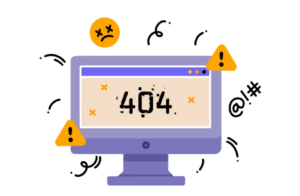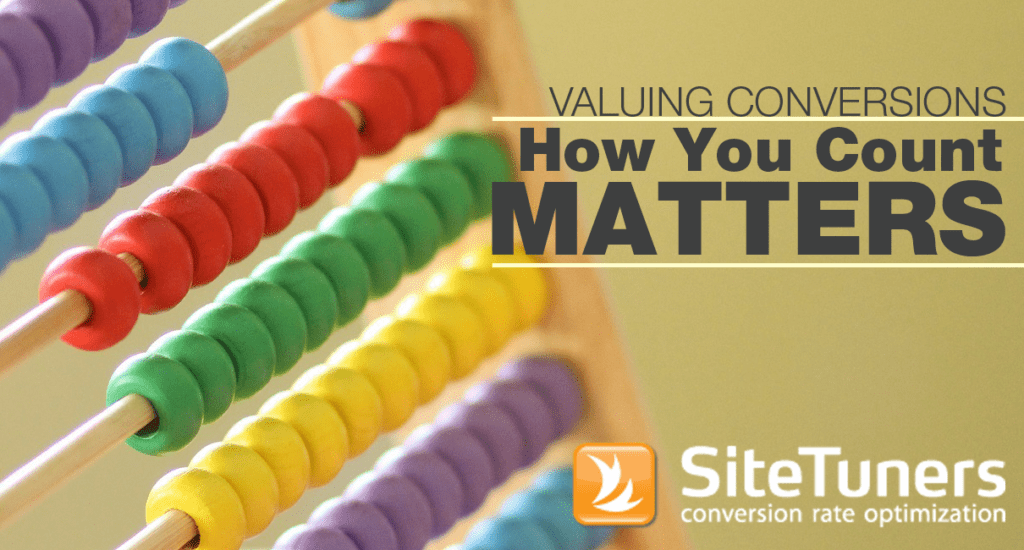We witnessed the rapid advancement of technology in recent years, right? This has also allowed us to automate many marketing and optimization tasks. But it’s not only about marketing; we are also referring to measurement tools, which, when used well, can offer incredible benefits! So, if you are trying to save time, measurement tools will be your best ally to get better results for your Conversion Rate Optimization (CRO)! Let us show you how:
This article will cover the following:
Using Technology for Measurement!
It’s that simple; if you can’t measure something, you can’t expect to manage or improve it. So in digital marketing, there are two things to measure: website performance and user experience.
Conversion Rate Optimization (CRO) is an ongoing process that relies heavily on tracking metrics. The first step to a good CRO program is clearly defining key metrics or performance indicators (KPIs). By using KPIs, you can track and measure the results of your efforts’ results, know if you are getting closer to achieving your CRO goals, and measure the value of your activities to the business.
In CRO, KPIs can be divided into two categories:
- Macro conversions: These are the final actions you want visitors to take on your website; these can vary depending on your business nature.
- Micro conversions: These are the actions that visitors take before they get to the final conversion action, that is, the steps that take them deeper into the funnel (clicking on your email, downloading a free whitepaper, subscribing to your blog, etc.)
Here’s a more detailed description of a Macro and Micro Conversion. So, here we look at how you can use different technologies and tools to track and measure your website and online marketing campaigns performing against your KPIs. In turn, KPIs will show you how close you are to your goals or where you should focus your optimization efforts to reach them. Very useful, isn’t it?

Let’s look at an example; in Google Analytics, you can monitor key website metrics by device type and source:
- Bounce Rate: The percentage of visitors who leave the website after viewing only one page.
- Exit Rate: The percentage of visitors who leave the website after browsing more than one page.
- Time Spent on Site: The total time a visitor spends on a website. It gives a clear indication of the level of interest.
- Pages per Session: The average number of pages a user visits on a website during a session.
- Goals: You must have clear SMART objectives (specific, measurable, achievable, relevant, and time-bound).
- E-commerce: The business transactions that take place on a website.
Web Analytics
There is a lot to measure, but the good news is that several tools exist to improve your website and the users’ online experience. Below we will list some of the most used and best-performing ones. Take a look and see which one best suits your needs!
Web analytics is collecting, organizing, and reporting your visitors’ behavior. It allows you to analyze how many visitors you have, potentially retain them and improve your conversion rate.
But what is it really for? Well, these tools can be used to plan a marketing strategy, measure changes in website performance after a new marketing campaign, and allows you to estimate these changes before the campaign launch.
Some of the most popular web analytics tools:
- Google Analytics: Provides data and analytical tools to help search engine optimization (SEO) and improve digital marketing strategies.
- Adobe Analytics: Provides useful information based on data related to visitor activity on the website.
What Should You Look for in the Web Analytics Reports?
To use these analytics tools, you must be clear about what information is important to your business. For example, If you have an e-commerce site, you will want to track actual sales conversions rather than page views.
Other items can be tracked in your analytics dashboard to get meaningful information about user behavior and your site’s performance:

Visitor Actions on Mobile
Your web analytics tool can indicate via which devices your users visit your site. From here, you’ll want to see what they do when they’re on your site:
- Are they looking for something specific?
- Do you get a lot of navigation on product detail pages but few conversions?
- Do they add to the cart but never complete the purchase?
Know Where Your Visitors are Bouncing
To track bounce rates, you can track exit pages in Google Analytics, but most other tools should also have this capability. Two things are important to keep in mind:
- Knowing which pages your visitors are bouncing off to determine if pages need improvement in content, usability, or relevance to your target audience.
- Know the drop-off points to solve common experience problems visitors encounter on your site and thus avoid leaks in your conversion funnel.
Know the Most Searched Terms
Knowing what terms people type into the search box is one of your best sources for discovering what interests them; did you know that 20% of your visitors use the search function on your site. Some ways to use on-site search data to improve your site:
- Discover the most popular items or products based on the terms people enter the most. Once you have this data, you can run a test to find these products more easily.
- Know the terms people type in and then leave without clicking on any results. This indicates that they are not satisfied with the search results.
High Traffic and Bounce Areas
You should check the bounce rates if you generate a lot of traffic on some of your pages. This way, you will know if some of these pages are broken and need to be fixed.
Fixing or improving these high-traffic broken pages is one of the easiest things to do regarding Conversion Rate Optimization. Doing this is time and energy well spent, as it brings a lot of value to your site and user experience.
The Error Recovery Rate
What happens when a user encounters the error 404 – Page not found on your website? Do they immediately leave the website after the error page, or are they willing to stay and explore other parts of the site? If you don’t know the answer, you should measure the exit rate of the error pages. A high exit rate clearly indicates that you have failed to help the visitor recover from the error page.

Learn How to Design the Perfect 404 Page
What you need is a helpful error page. Provide a human touch by briefly explaining what happened, and then give them enough prompts to get them to continue exploring. User-friendliness will see you see a severe drop in exit rate!
The Search Depth
How many search levels do visitors go to find what they need? A more careful analysis of this metric and the bounce rate will allow patterns to emerge regarding which searches contribute to a poor user experience on the website.
Tool Hierarchy
To better understand this concept, the following infographic shows some tools in a general hierarchy. The tools given are only by explanation, so if you have your favorites or are already using others, you can substitute them as long as they comply with the hierarchy.

Technological advances are an incredible ally in measuring your website and improving your Conversion Rate Optimization. This is a window of opportunity that you must take advantage of! That is why it is important to know the new and different measurement tools to optimize your website and offer the best user experience.
We want to help you increase your Conversion Rate and get better results! Schedule an appointment with one of our conversion experts and work together to achieve your business success!
